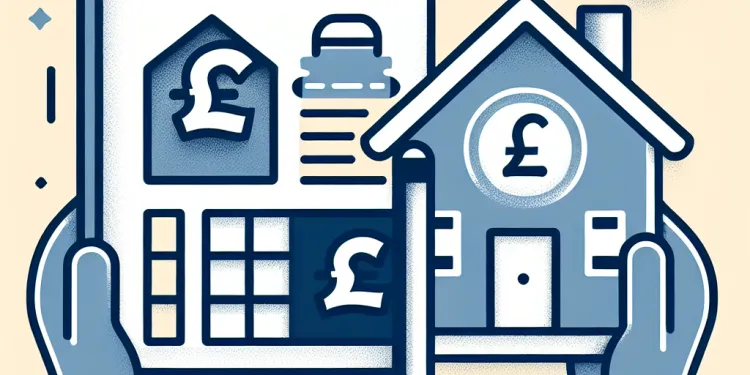
Find Help
More Items From Ergsy search
-
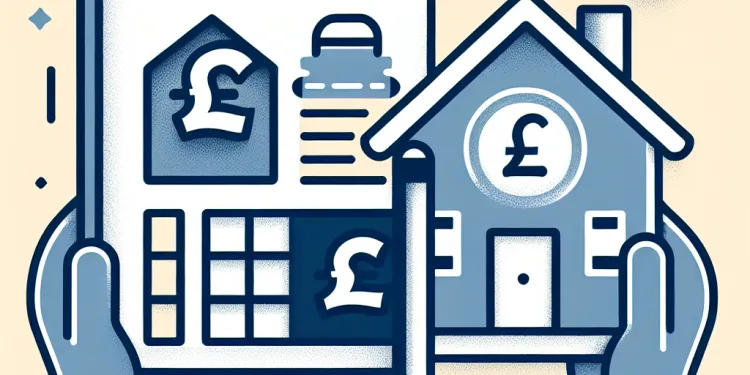
What was the Stamp Duty holiday in the UK?
Relevance: 100%
-

What is Stamp Duty in the UK?
Relevance: 71%
-
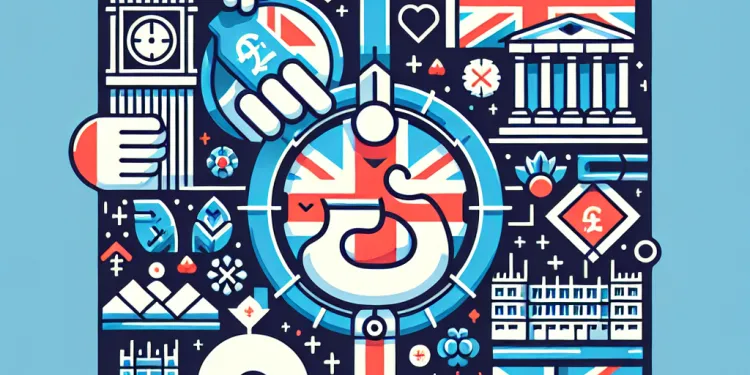
Are there different rates of Stamp Duty in the UK?
Relevance: 68%
-
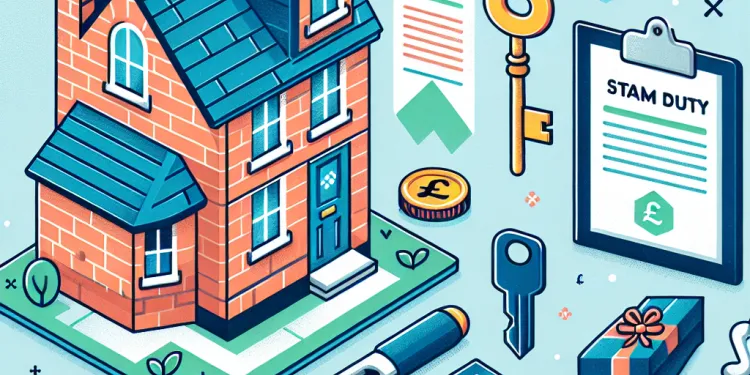
What properties are exempt from Stamp Duty?
Relevance: 67%
-

Why do we pay Stamp Duty?
Relevance: 64%
-
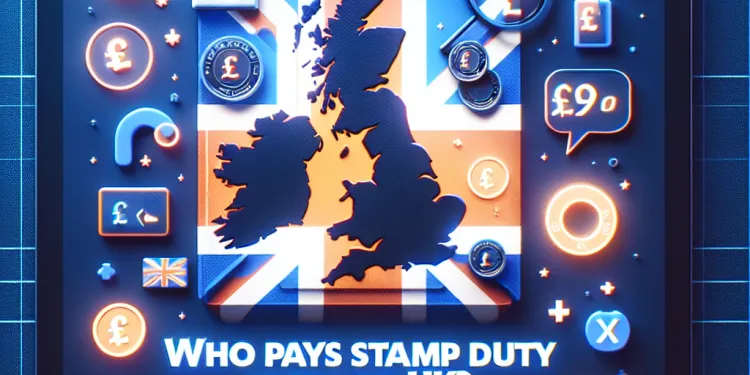
Who pays Stamp Duty in the UK?
Relevance: 63%
-
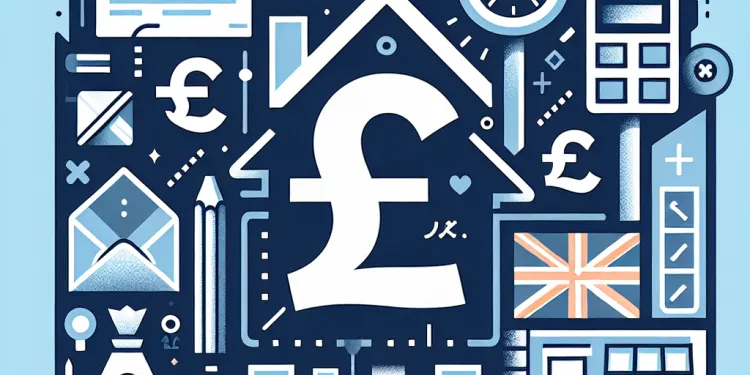
How do I pay Stamp Duty in the UK?
Relevance: 63%
-
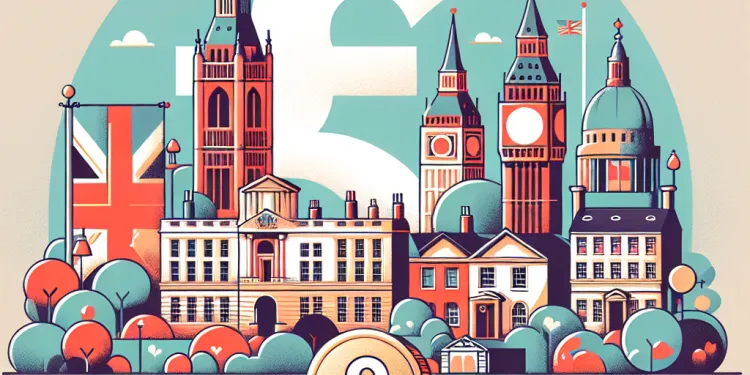
When is Stamp Duty payable in the UK?
Relevance: 63%
-
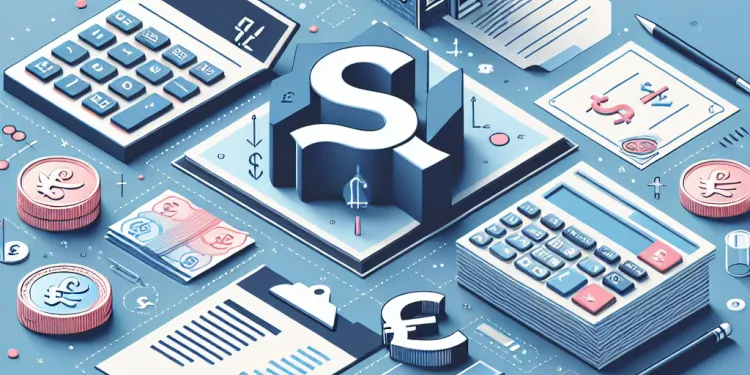
How is Stamp Duty calculated in the UK?
Relevance: 62%
-

Can businesses be charged Stamp Duty?
Relevance: 61%
-

Can Stamp Duty be included in a mortgage in the UK?
Relevance: 61%
-

Can Stamp Duty be refunded in the UK?
Relevance: 61%
-

What is the current threshold for Stamp Duty in the UK?
Relevance: 61%
-

Is there a penalty for late payment of Stamp Duty in the UK?
Relevance: 61%
-
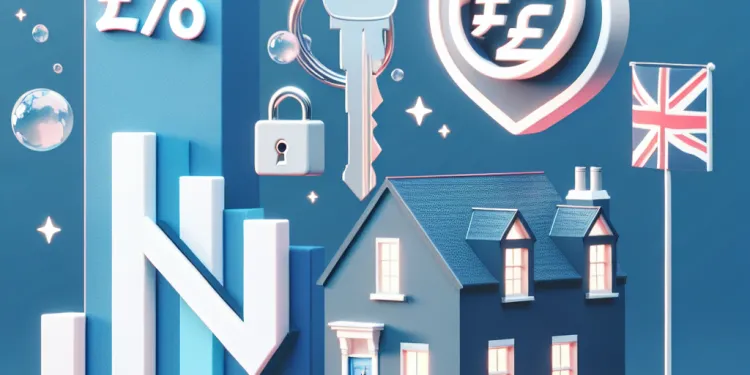
Is there a Stamp Duty exemption for first-time buyers in the UK?
Relevance: 60%
-
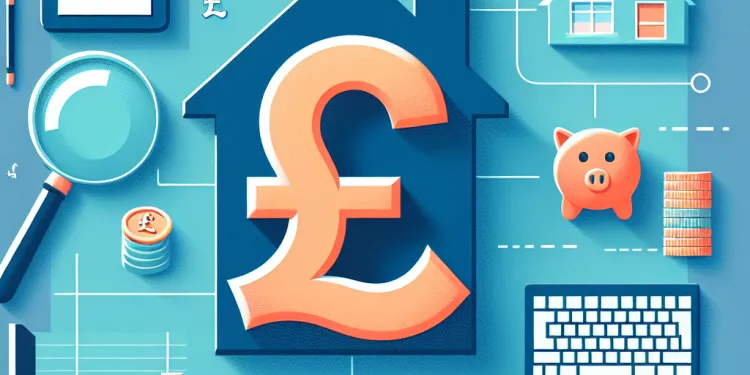
How does Stamp Duty affect shared ownership properties?
Relevance: 55%
-

What about Stamp Duty in Wales?
Relevance: 53%
-

What is Stamp Duty Land Tax (SDLT)?
Relevance: 48%
-

Does Scotland have a different Stamp Duty system?
Relevance: 48%
-
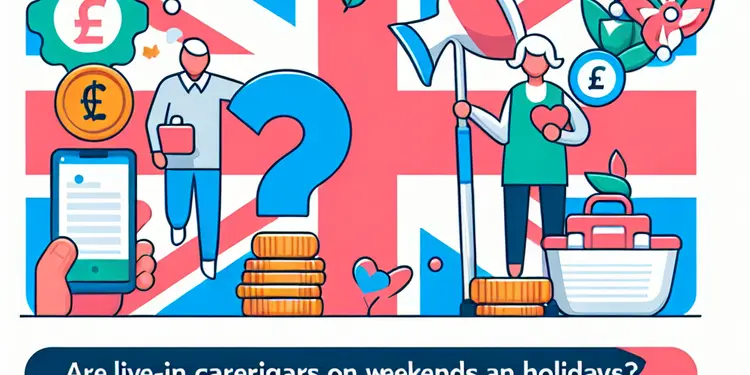
Are live-in caregivers available on weekends and holidays?
Relevance: 36%
-

What are accessible holidays?
Relevance: 30%
-

What is the fiduciary duty of directors to shareholders?
Relevance: 28%
-
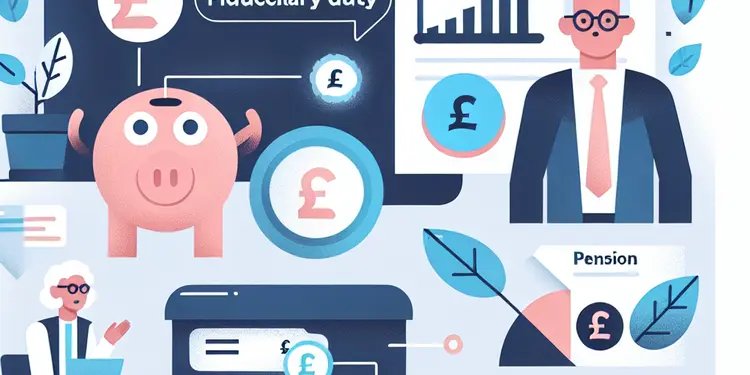
What does 'fiduciary duty' mean in pension advice?
Relevance: 26%
-
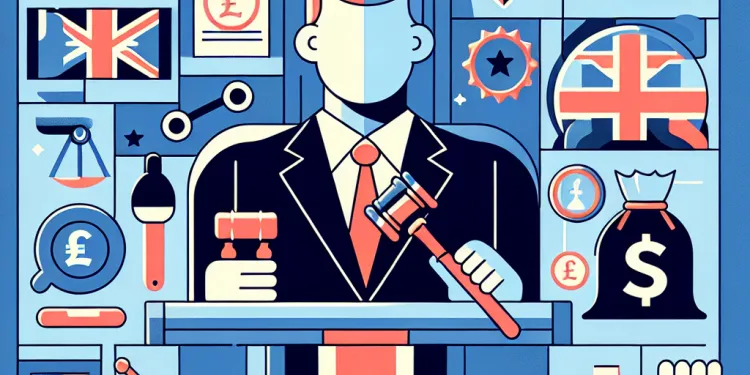
Can my employer stop me from attending jury duty?
Relevance: 25%
-
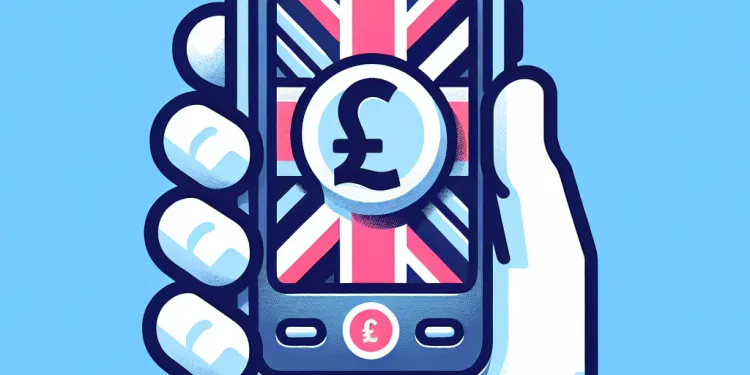
Can I use my phone during jury duty?
Relevance: 25%
-

What is fiduciary duty and how does it relate to director disputes?
Relevance: 25%
-

Can my religion exempt me from jury service?
Relevance: 15%
-

Do I have to do Jury Service?
Relevance: 15%
-
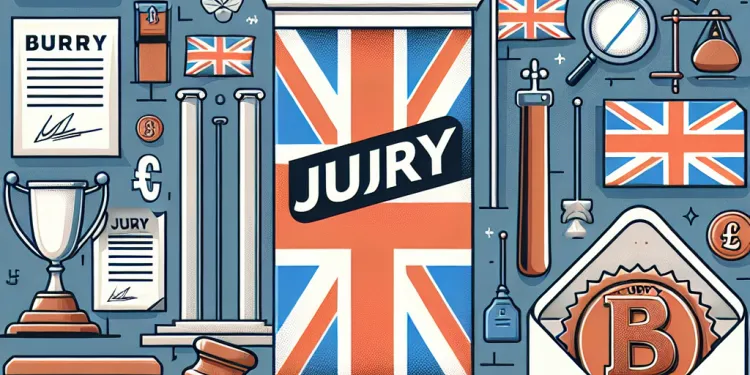
What happens if I ignore a jury summons?
Relevance: 14%
-

What legal obligations do directors have during a dispute?
Relevance: 13%
-
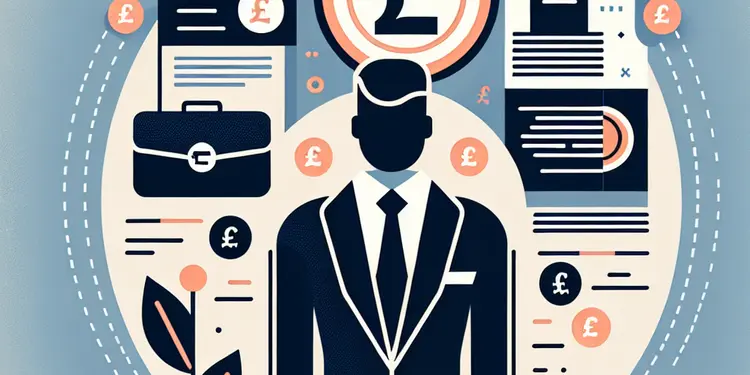
What are the elements of a professional negligence claim?
Relevance: 12%
-
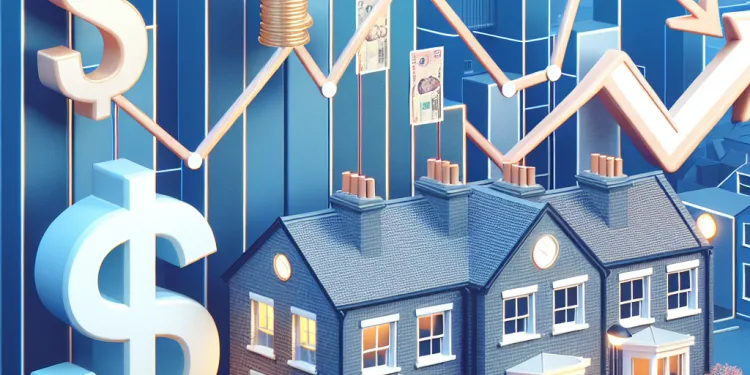
UK House Prices Fall for Third Consecutive Month
Relevance: 12%
-
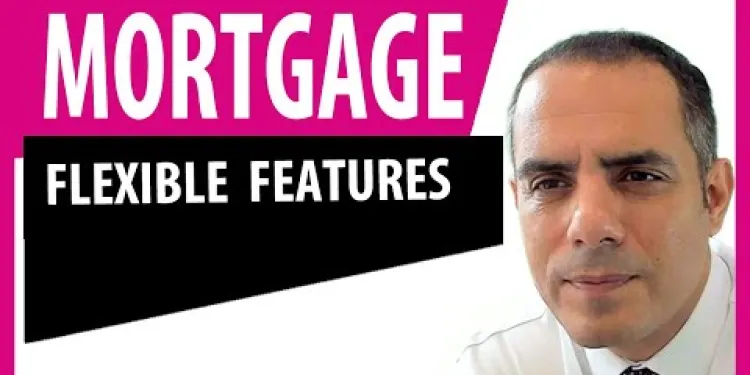
Mortgage Overpayment and Flexible Features Explained
Relevance: 12%
-

Can I sue for professional negligence if no harm was done?
Relevance: 11%
-
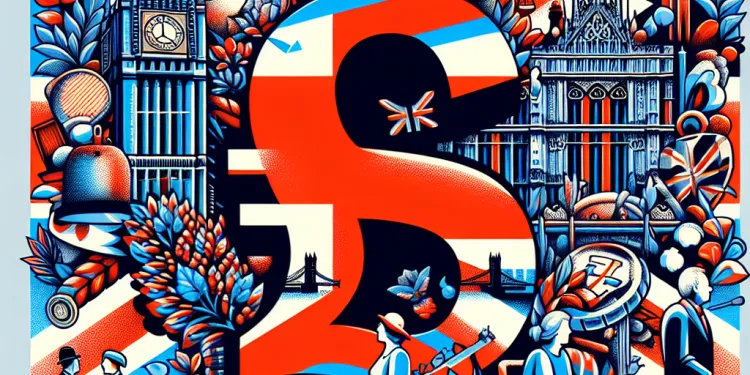
What should I do if I have a vacation planned during jury duty?
Relevance: 11%
-

Can a professional be sued for giving bad advice?
Relevance: 11%
-
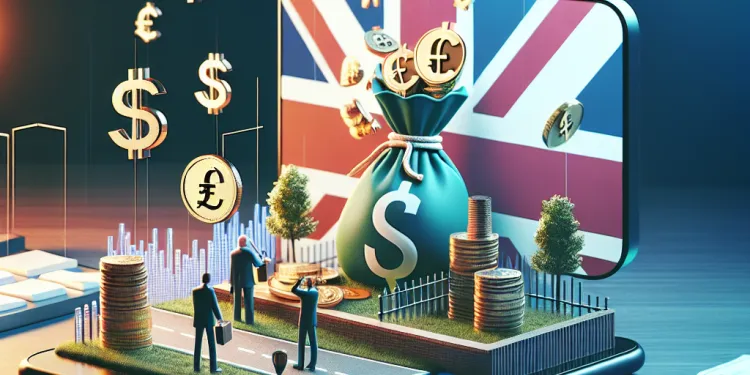
What is the Wealth Tax in the UK?
Relevance: 11%
-
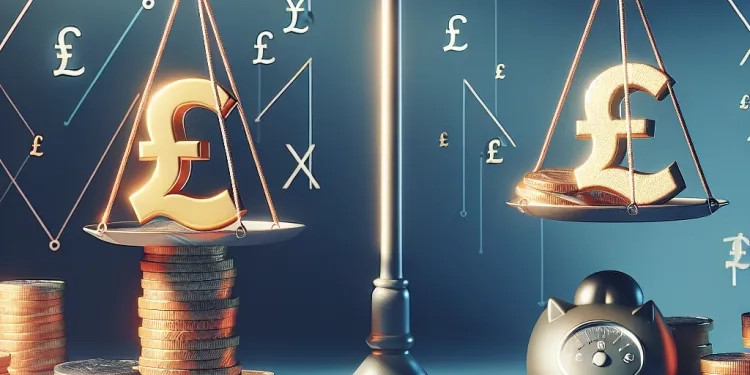
What taxes in the UK target wealth?
Relevance: 11%
-
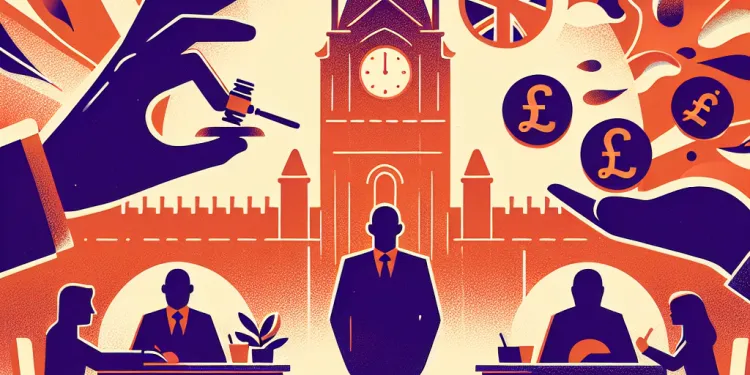
What is the role of a juror?
Relevance: 11%
-
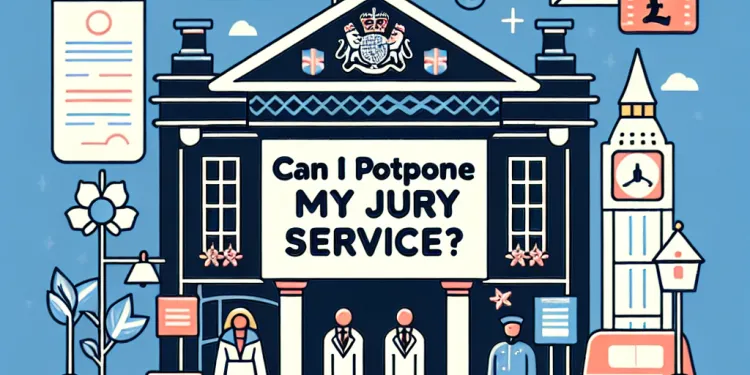
Can I postpone my jury service?
Relevance: 11%
Introduction to the Stamp Duty Holiday
The Stamp Duty holiday in the UK was a temporary measure implemented by the government to boost the housing market in response to the economic challenges posed by the COVID-19 pandemic. It was designed to reduce the burden of tax on property transactions, which had been significantly affected during the lockdowns and restrictions.
What is Stamp Duty?
Stamp Duty, formally known as Stamp Duty Land Tax (SDLT) in England and Northern Ireland, is a tax levied on the purchase of property or land. The amount of tax owed typically depends on the value of the property and whether the purchaser is a first-time buyer or owns other properties.
Details of the Stamp Duty Holiday
The Stamp Duty holiday was announced by the then-Chancellor Rishi Sunak and came into effect on 8th July 2020. It was initially set to run until 31st March 2021 but was extended until 30th June 2021, with a tapered relief lasting until 30th September 2021. During this period, the threshold for paying Stamp Duty on residential properties was increased significantly.
Under the Stamp Duty holiday, the threshold for paying the tax was raised from £125,000 to £500,000. This meant that homebuyers purchasing properties up to £500,000 did not have to pay any Stamp Duty, effectively resulting in significant savings. For properties valued over £500,000, the normal rates applied to the amount exceeding the threshold.
Impact on the Housing Market
The Stamp Duty holiday had a considerable impact on the UK housing market. It stimulated a surge in property transactions, as buyers rushed to take advantage of the savings before the deadline. This led to increased competition, rising property prices, and faster sales times. Many industry experts credited the tax break with preventing a downturn in the market during the uncertain times of the pandemic.
Conclusion and Aftermath
The UK's Stamp Duty holiday was a key fiscal policy measure during the COVID-19 pandemic aimed at invigorating the housing market. By temporarily raising the threshold and reducing the tax burden on buyers, it provided much-needed stimulus and supported the property sector. However, the consequent demand spike also led to rapid house price inflation, causing challenges for first-time buyers and those in the lower market segments. After its conclusion in September 2021, the usual Stamp Duty rates resumed, though the effects of the holiday left a lasting impression on the market dynamics.
Introduction to the Stamp Duty Holiday
The Stamp Duty holiday in the UK was a temporary plan by the government. It was to help the housing market because of problems from COVID-19. This holiday made it cheaper to buy a home. It helped people save money on tax when buying a house during the lockdown.
What is Stamp Duty?
Stamp Duty is a tax you pay when you buy a house or land. In England and Northern Ireland, it is called Stamp Duty Land Tax (SDLT). How much tax you pay depends on how much the house costs. First-time buyers might pay less tax than people who already own homes.
Details of the Stamp Duty Holiday
The UK government announced the Stamp Duty holiday on 8th July 2020. The plan was made by Rishi Sunak, who was in charge of money at the time. At first, it was to end on 31st March 2021 but was extended to 30th June 2021. After that, some people still got help until 30th September 2021. During this time, you did not pay Stamp Duty if your house was under £500,000.
This meant buyers saved a lot of money. If the house was over £500,000, you only paid tax on the amount over £500,000.
Impact on the Housing Market
The Stamp Duty holiday had a big effect on buying houses in the UK. Many people wanted to buy houses before the Stamp Duty holiday ended, so the housing market was very busy. House prices went up because many people were trying to buy houses at the same time. Experts say this tax break helped the housing market during the pandemic.
Conclusion and Aftermath
The Stamp Duty holiday in the UK was a plan to make buying houses easier during COVID-19. By making the tax less or even zero for some, it helped many buyers and the housing market. However, too many people wanting to buy homes made house prices go up a lot. After the holiday ended in September 2021, the normal taxes came back. Even though the holiday is over, it changed how the housing market works.
Frequently Asked Questions
What was the Stamp Duty holiday in the UK?
The Stamp Duty holiday was a temporary reduction or elimination of Stamp Duty Land Tax (SDLT) in the UK to encourage property purchases.
When was the Stamp Duty holiday implemented?
The Stamp Duty holiday was announced on July 8, 2020, and initially ran until March 31, 2021.
Why was the Stamp Duty holiday introduced?
It was introduced to boost the housing market and help stimulate the economy during the COVID-19 pandemic.
What were the benefits of the Stamp Duty holiday?
Buyers could save thousands of pounds on property purchases as there was no tax on the first £500,000 of the property's price.
Was the Stamp Duty holiday extended?
Yes, the holiday was extended until June 30, 2021, with a phased return to original rates until September 30, 2021.
What were the rates during the Stamp Duty holiday?
No Stamp Duty was levied on the first £500,000 of a property's price.
Who benefited most from the Stamp Duty holiday?
Property buyers and the real estate market saw significant benefits, as it made buying homes more affordable.
What was the threshold before the Stamp Duty holiday?
Before the holiday, the Stamp Duty threshold in England and Northern Ireland was £125,000 for residential properties.
Did the Stamp Duty holiday apply to second homes?
Yes, but an additional 3% surcharge still applied to second homes and buy-to-let properties.
How did the phased return work after June 30, 2021?
From July 1 to September 30, 2021, no Stamp Duty was paid on the first £250,000 of a property purchase.
What happened to Stamp Duty rates after September 30, 2021?
Stamp Duty rates returned to their pre-pandemic levels after September 30, 2021.
Did the Stamp Duty holiday apply to Wales and Scotland?
No, Wales and Scotland have their own property transaction taxes and made separate policy decisions.
How did the Stamp Duty holiday affect first-time buyers?
First-time buyers benefited as it reduced the cost of purchasing a home up to the £500,000 threshold.
Were commercial properties included in the Stamp Duty holiday?
No, the Stamp Duty holiday only applied to residential property transactions.
Did the Stamp Duty holiday apply to all property transactions?
It applied to most residential property transactions but not to commercial or mixed-use properties.
Was there any financial cap on how much could be saved?
The savings depended on the property price but could reach up to £15,000 on homes costing £500,000 or more.
How did the Stamp Duty holiday impact the housing market?
The holiday led to increased property transactions and house prices due to heightened demand.
Were estate agents in favor of the Stamp Duty holiday?
Yes, most estate agents supported the holiday as it boosted sales and market activity.
How did the Stamp Duty holiday affect property prices?
It contributed to a rise in property prices due to increased demand and competitive buyer activity.
Where can I find more information about current Stamp Duty rates?
You can visit the UK government website or consult a financial advisor for the most current information on Stamp Duty rates.
What was the Stamp Duty break in the UK?
The Stamp Duty break was a time when people did not have to pay the usual tax when they bought a house. This helped people save money.
If you find reading hard, you can ask someone to read it to you or use a reading app to help.
The Stamp Duty holiday was a time when people in the UK didn't have to pay as much tax when buying a house. This helped more people buy homes.
When did the Stamp Duty holiday start?
The Stamp Duty holiday started on July 8, 2020.
Here is a tip to help you understand: "Stamp Duty" is a tax you pay when you buy a house. During the "Stamp Duty holiday," people did not have to pay this tax for a little while.
If you need help with reading, you can ask someone to read with you or use tools that read text out loud.
The Stamp Duty break started on July 8, 2020, and was supposed to end on March 31, 2021.
Why was the Stamp Duty holiday started?
The Stamp Duty holiday was started to help people buy homes.
It means people pay less tax when they buy a house.
This helps people save money.
Support tools like picture cards or videos can make it easier to understand.
This was started to help people buy houses and make the economy better during the COVID-19 pandemic.
What Were the Good Things About the Stamp Duty Holiday?
The Stamp Duty holiday was a time when people didn't have to pay as much tax when buying a house. Here are the good things that happened:
- More people wanted to buy houses.
- People could save money on taxes.
- It helped the housing market stay busy.
- Families could move to new homes more easily.
If you have trouble reading, try using tools like audiobooks or screen readers to help you. They can read the words out loud to you.
People buying a house did not have to pay tax on the first £500,000 of the home's price. This meant they could save a lot of money.
Did the Stamp Duty break last longer?
Yes, the holiday break was made longer until June 30, 2021. After that, things slowly went back to normal by September 30, 2021.
How much did people pay during the Stamp Duty break?
You don't have to pay Stamp Duty on the first £500,000 when you buy a house.
Who got the most help from the Stamp Duty holiday?
Buying a home became easier and cheaper for people. This was good for both home buyers and the housing market.
What was the limit for Stamp Duty before the holiday?
Before the holiday, people in England and Northern Ireland had to pay something called Stamp Duty when buying a home. You only paid it if your home cost more than £125,000.
Did the Stamp Duty holiday apply to second homes?
Was the Stamp Duty break used for buying another home?
Stamp Duty is money you pay when buying a house. A Stamp Duty holiday means a break or cut in this money.
Here's how to understand it:
- First home: The first house you buy to live in.
- Second home: Another house you buy, maybe for holidays or renting out.
- Stamp Duty break: Less or no Stamp Duty to pay for a time.
You can use tools like Read Aloud, a program that reads out loud, to help understand better.
Or try using a friend or helper to explain tricky words.
Yes, but you still have to pay 3% extra if you buy a second home or a house to rent out.
What happened after June 30, 2021, with people going back slowly?
Some people went back to work or school a little at a time after June 30, 2021. This is called a "phased return." It means not everyone went back all at once.
Here’s how it worked:
- Some people went back on certain days.
- Other people went back on different days.
- They took turns going back a bit at a time.
This way, it was easier and safer for everyone. Using a calendar or planner can help keep track of when you need to go back.
From July 1 to September 30, 2021, you didn’t pay Stamp Duty on the first £250,000 when buying a house.
What changed with Stamp Duty after September 30, 2021?
Stamp Duty is a tax you pay when you buy a house. After September 30, 2021, the amount you pay changed. It's good to ask an adult for help if you want to know more.
Try using a calculator online to see how much you need to pay with the new rules.
Stamp Duty rates went back to normal after September 30, 2021.
Did the Stamp Duty holiday work in Wales and Scotland?
The Stamp Duty holiday was a time when people didn’t have to pay some house taxes. It was in England. In Wales and Scotland, they have different names and rules for house taxes.
In Wales, it's called Land Transaction Tax. In Scotland, it’s called Land and Buildings Transaction Tax.
These places did not have the same Stamp Duty holiday. But they made their own changes to help people save money when buying houses.
If you have questions or need help, you can ask someone like a family member or a friend. You can also use pictures or videos to learn more about house taxes in Wales and Scotland.
No, Wales and Scotland have their own taxes for buying and selling homes. They make their own choices about these taxes.
How did the Stamp Duty break help first-time home buyers?
Stamp Duty is a tax you pay when you buy a house. A Stamp Duty break means you don't have to pay this tax for a while.
This break was good for people buying their first home. It meant they could save money and buy a house more easily.
If you need help understanding this, you can:
- Ask someone to explain more
- Use pictures or videos about buying a home
- Talk with a teacher or helper
People buying a home for the first time saved money. This was because homes costing up to £500,000 were cheaper to buy.
Did the Stamp Duty holiday include shops and offices?
No, the Stamp Duty holiday was only for people buying homes to live in.
Did the Stamp Duty holiday apply to all property transactions?
Was the Stamp Duty holiday for everyone who bought a home?
Stamp Duty is a tax you pay when you buy a home. A Stamp Duty holiday means not paying this tax for a short time. It did not apply to everyone.
To help, you can:
- Use pictures or icons to show when the holiday was.
- Talk to a friend or family member who knows about buying homes.
- Use a simple calendar to mark the dates of the holiday.
This rule was for most home purchases. But it did not include buying shops or places that are both homes and businesses.
Is there a limit on how much money you can save?
You could save up to £15,000. The saving depends on how much the house costs. If a house costs £500,000 or more, you might save this much.
Helpful Tip: To understand better, try using pictures or charts. They can show how much money you might save.
What happened to house prices when Stamp Duty was paused?
The holiday made more people want to buy houses, so more houses were sold and prices went up.
Did estate agents like the Stamp Duty holiday?
Yes, most people who sell houses liked the holiday because it helped sell more houses and made the market busier.
What happened to house prices when Stamp Duty was paused?
Houses and buildings cost more money because many people wanted to buy them.
Where can I find out more about Stamp Duty?
You can find more about Stamp Duty online. Look for easy guides with simple words. Ask an adult to help. Use tools that read text aloud or make it bigger. It's okay to ask questions if you don't understand.
You can go to the UK government website to find the latest information on Stamp Duty rates. You can also talk to a financial advisor for help.
Useful Links
- Ergsy carfully checks the information in the videos we provide here.
- Videos shown by Youtube after a video has completed, have NOT been reviewed by ERGSY.
- To view, click the arrow in centre of video.
- Most of the videos you find here will have subtitles and/or closed captions available.
- You may need to turn these on, and choose your preferred language.
- Go to the video you'd like to watch.
- If closed captions (CC) are available, settings will be visible on the bottom right of the video player.
- To turn on Captions, click settings .
- To turn off Captions, click settings again.
More Items From Ergsy search
-

What was the Stamp Duty holiday in the UK?
Relevance: 100%
-

What is Stamp Duty in the UK?
Relevance: 71%
-

Are there different rates of Stamp Duty in the UK?
Relevance: 68%
-

What properties are exempt from Stamp Duty?
Relevance: 67%
-

Why do we pay Stamp Duty?
Relevance: 64%
-

Who pays Stamp Duty in the UK?
Relevance: 63%
-

How do I pay Stamp Duty in the UK?
Relevance: 63%
-

When is Stamp Duty payable in the UK?
Relevance: 63%
-

How is Stamp Duty calculated in the UK?
Relevance: 62%
-

Can businesses be charged Stamp Duty?
Relevance: 61%
-

Can Stamp Duty be included in a mortgage in the UK?
Relevance: 61%
-

Can Stamp Duty be refunded in the UK?
Relevance: 61%
-

What is the current threshold for Stamp Duty in the UK?
Relevance: 61%
-

Is there a penalty for late payment of Stamp Duty in the UK?
Relevance: 61%
-

Is there a Stamp Duty exemption for first-time buyers in the UK?
Relevance: 60%
-

How does Stamp Duty affect shared ownership properties?
Relevance: 55%
-

What about Stamp Duty in Wales?
Relevance: 53%
-

What is Stamp Duty Land Tax (SDLT)?
Relevance: 48%
-

Does Scotland have a different Stamp Duty system?
Relevance: 48%
-

Are live-in caregivers available on weekends and holidays?
Relevance: 36%
-

What are accessible holidays?
Relevance: 30%
-

What is the fiduciary duty of directors to shareholders?
Relevance: 28%
-

What does 'fiduciary duty' mean in pension advice?
Relevance: 26%
-

Can my employer stop me from attending jury duty?
Relevance: 25%
-

Can I use my phone during jury duty?
Relevance: 25%
-

What is fiduciary duty and how does it relate to director disputes?
Relevance: 25%
-

Can my religion exempt me from jury service?
Relevance: 15%
-

Do I have to do Jury Service?
Relevance: 15%
-

What happens if I ignore a jury summons?
Relevance: 14%
-

What legal obligations do directors have during a dispute?
Relevance: 13%
-

What are the elements of a professional negligence claim?
Relevance: 12%
-

UK House Prices Fall for Third Consecutive Month
Relevance: 12%
-

Mortgage Overpayment and Flexible Features Explained
Relevance: 12%
-

Can I sue for professional negligence if no harm was done?
Relevance: 11%
-

What should I do if I have a vacation planned during jury duty?
Relevance: 11%
-

Can a professional be sued for giving bad advice?
Relevance: 11%
-

What is the Wealth Tax in the UK?
Relevance: 11%
-

What taxes in the UK target wealth?
Relevance: 11%
-

What is the role of a juror?
Relevance: 11%
-

Can I postpone my jury service?
Relevance: 11%


